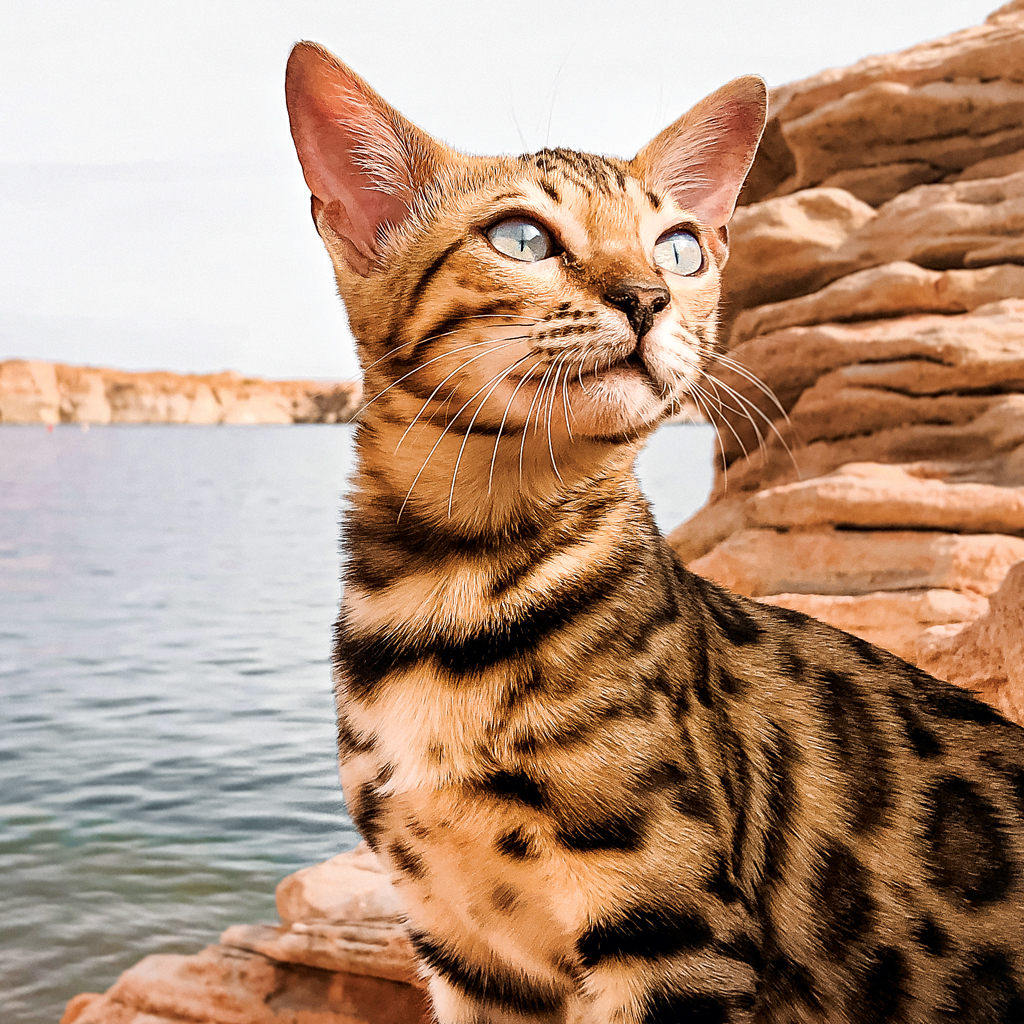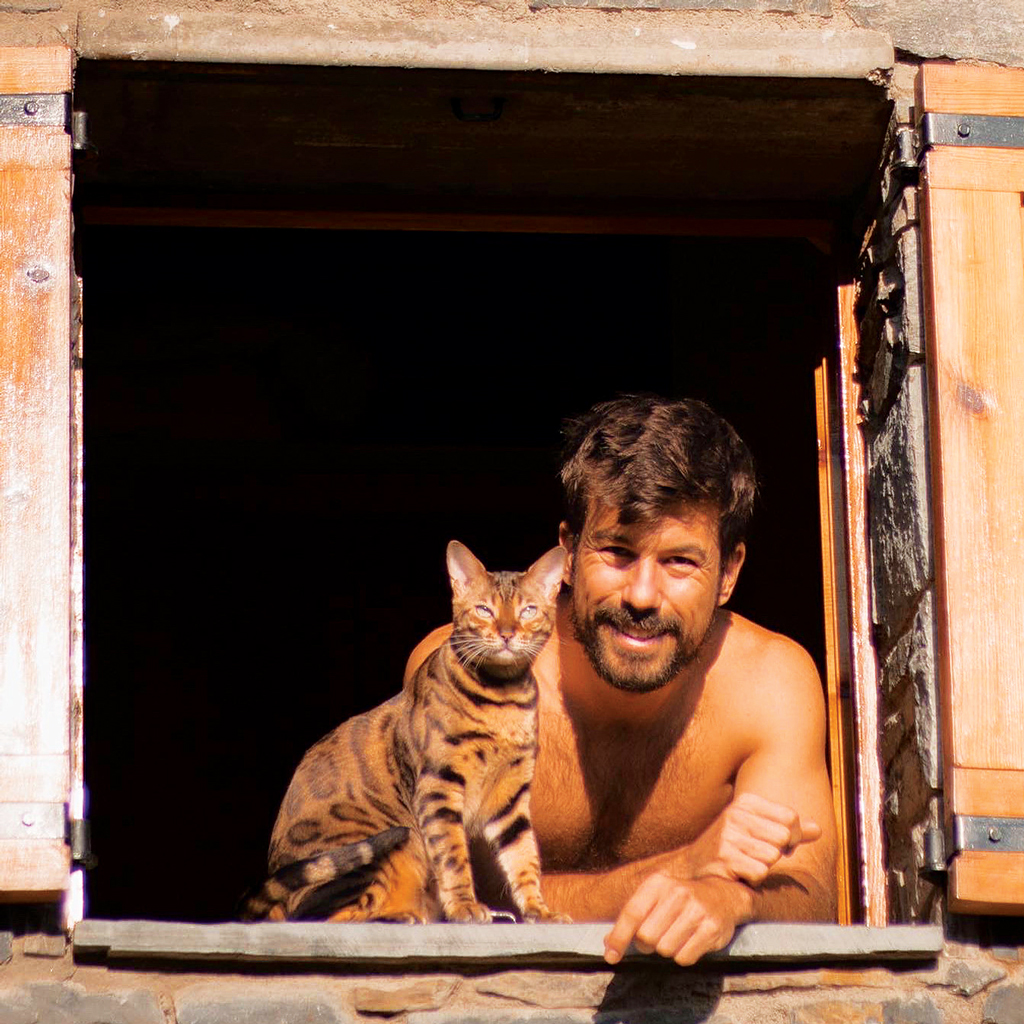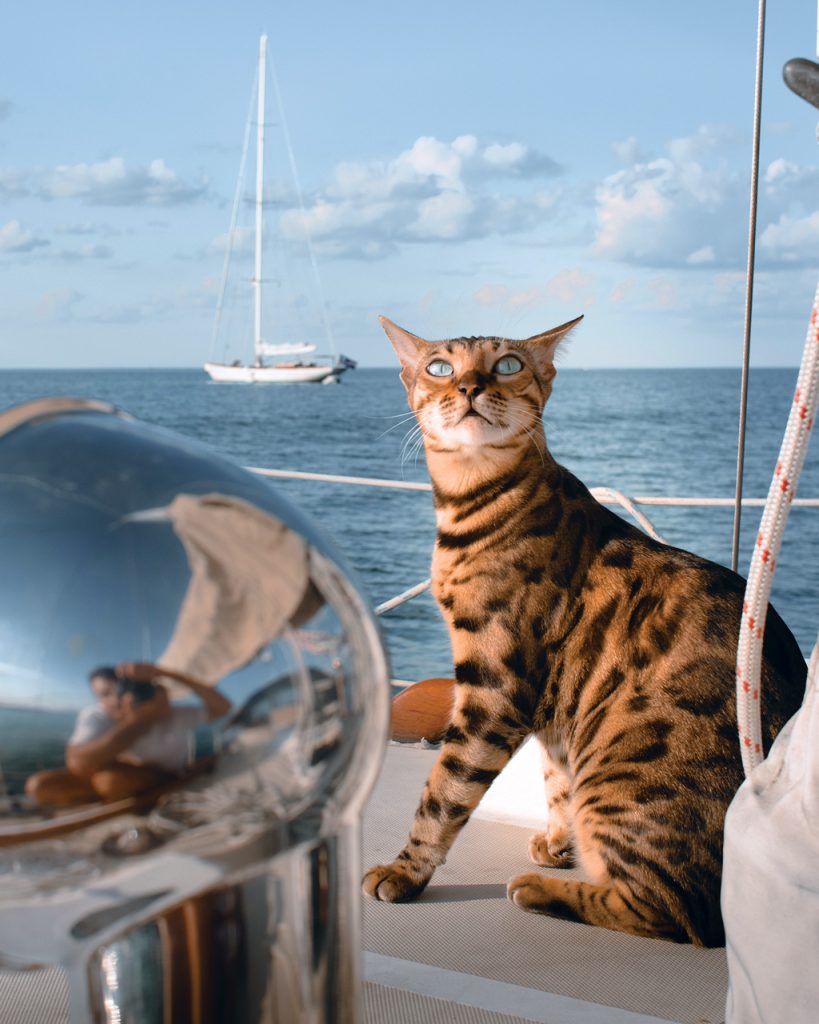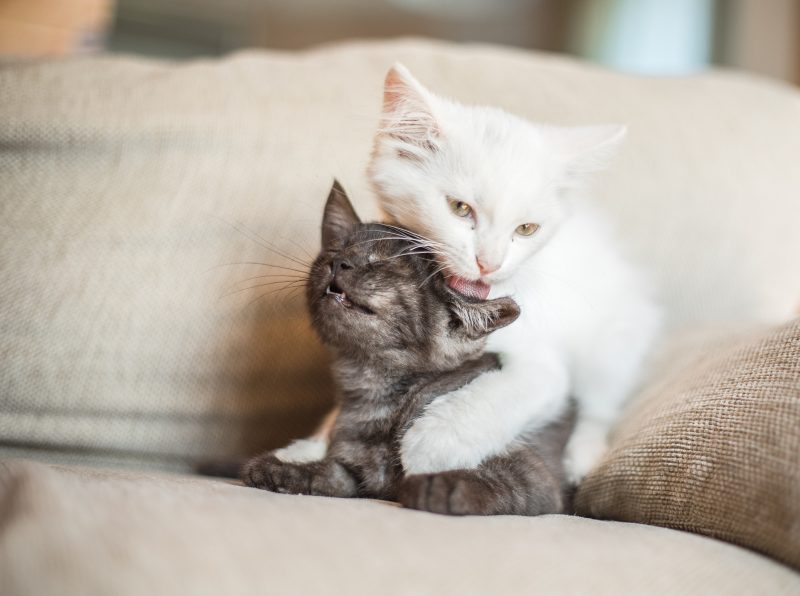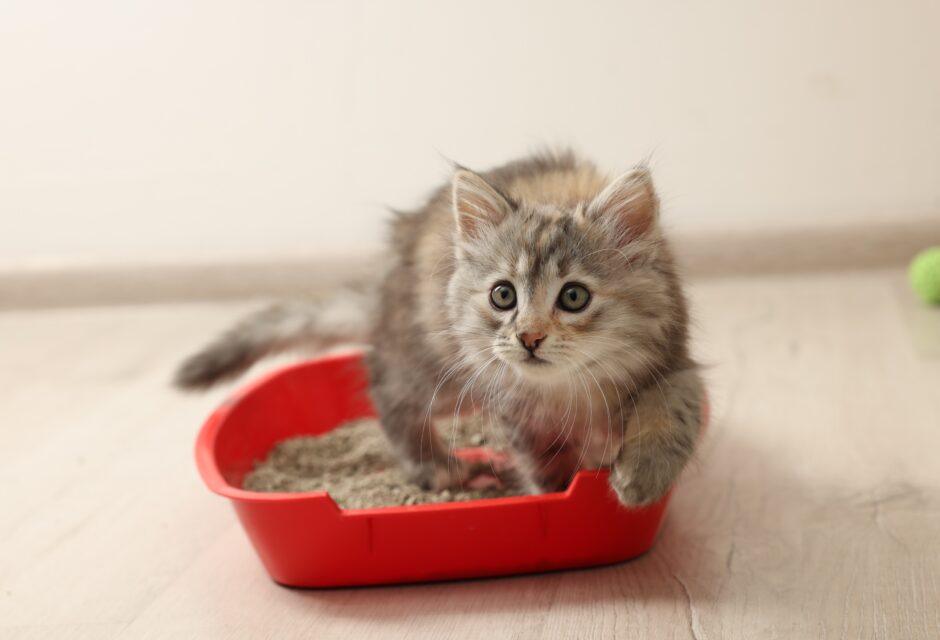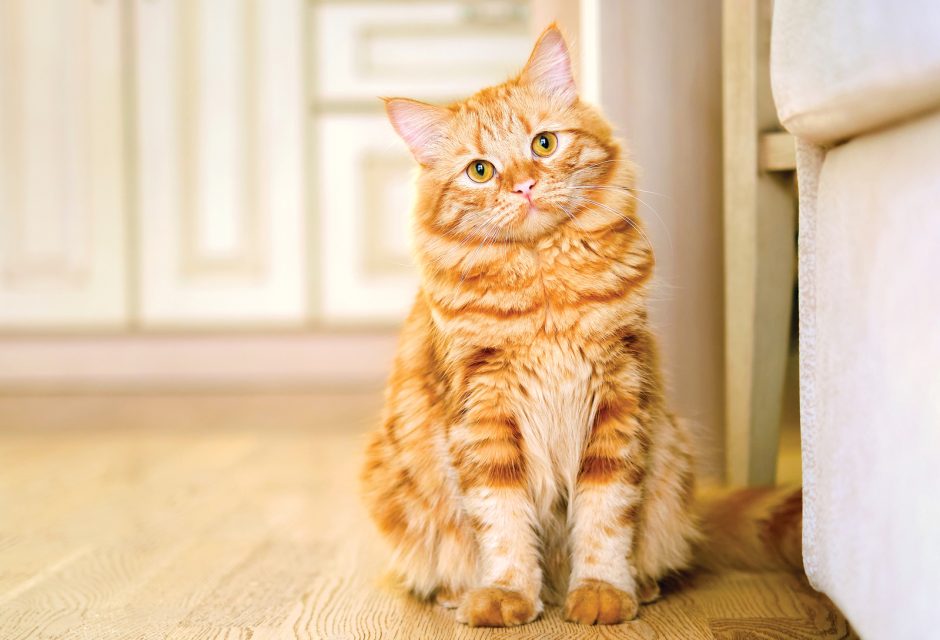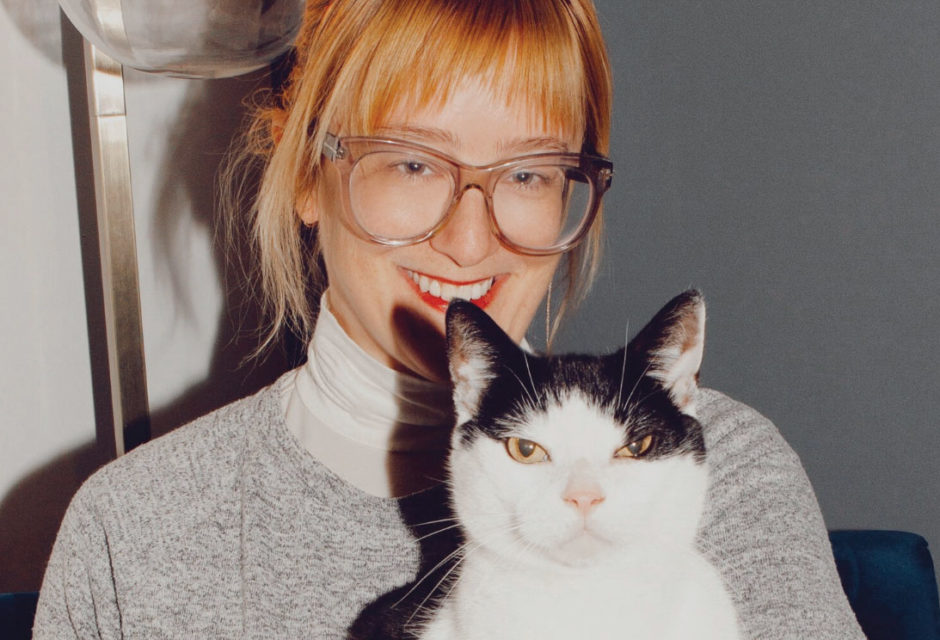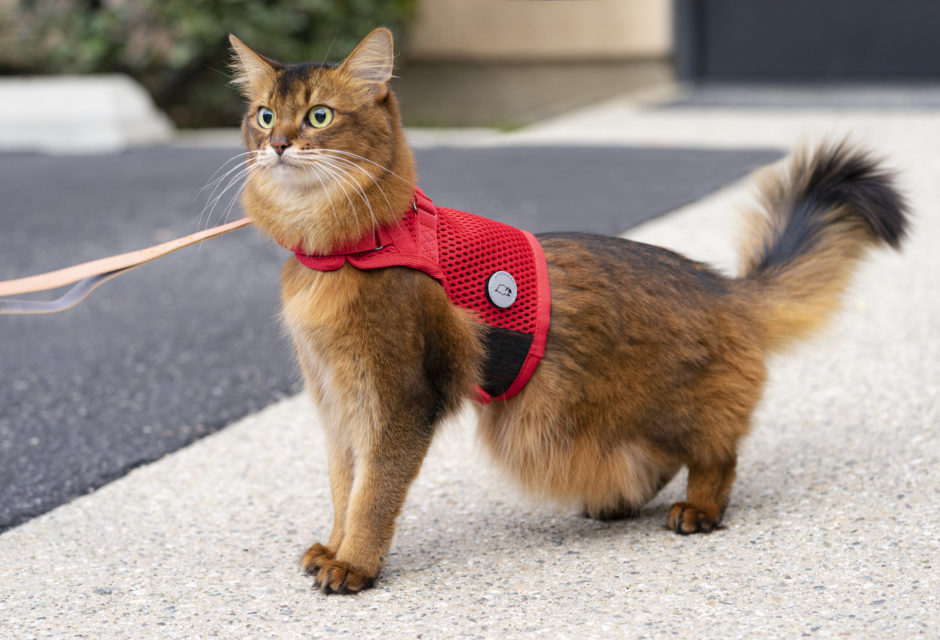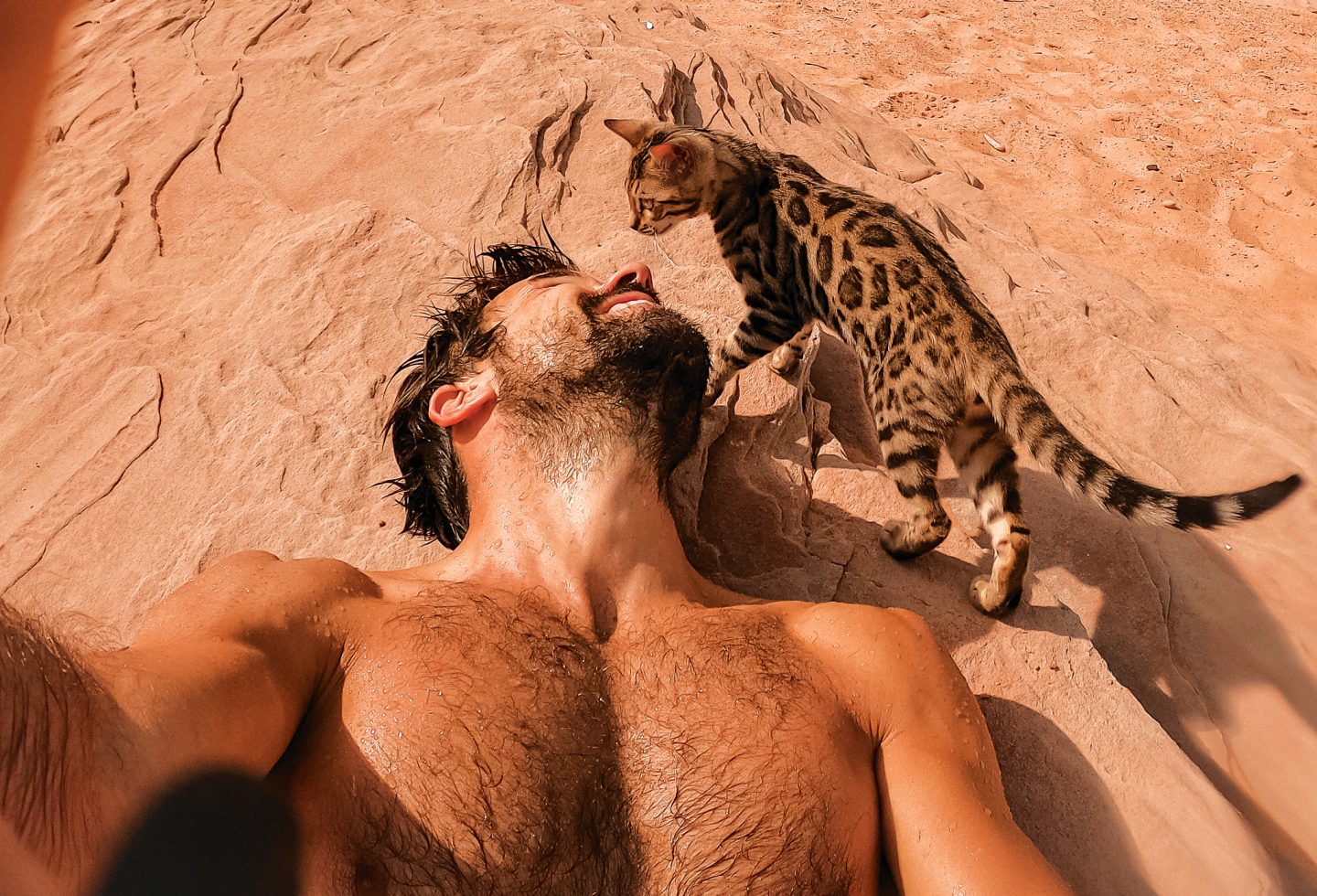
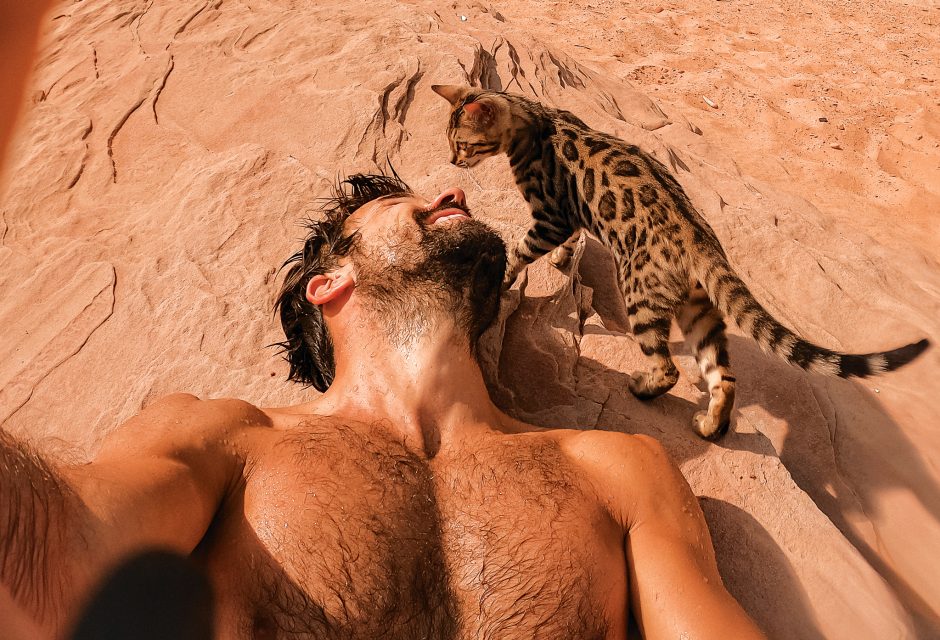
How to Take Your Cat Everywhere
Learn how to take your cat on adventures—from someone who does it!
My life in Barcelona was as comfortable as it was predictable. A life that, in the eyes of people around me, was everything one could wish for. Beneath the surface, I felt restless. Something in me was telling me that I was not supposed to settle yet. The world was too big and too unknown not to go on adventures.
That feeling of not belonging in that comfortable lifestyle crystallized into an opportunity to leave my hometown—a professional leap across the ocean to New York. In New York City, dreams are both made and tested. In January 2019, I moved to the U.S. with my partner by my side. It felt like the start of a grand adventure. But life, as it often does, unraveled in unexpected ways.
In just three months, my four-year relationship ended. I found myself living alone in a foreign and expensive city, without many friends, on a new job, and without any comfort. By August, grief made my breakup feel unimportant as I faced the single most defining moment of my adulthood: losing my father to cancer.
The urge to retreat to Spain was powerful. I had very few reasons to stay in the U.S., and my ability to overcome my loneliness was limited. Then, the world turned inward during the global pandemic, and the American dream I’d chased started to look like a challenge too big for me to achieve on my own.
I decided that I needed a companion. Like many others during the pandemic, I sought emotional shelter by bringing a cat into my life, but only after a lot of deliberation because I’m allergic to cats.
Mia, a Bengal cat, came into my life like a tsunami. Within weeks, she exhibited a Houdini-like knack for cabinet exploration, climbed up curtains, shattered glasses, and woke me up in the middle of the night with crazy zoomies.
Mia challenged my preconceptions of feline independence. She demanded my company, lots of engagement, and packed a lot of responsibility into my days. Contrary to making me anxious, her very existence forced me to be present and work out of the harsh emotions that had piled up in my head. She was a pivotal driver of change in my depression.
I wanted to improve my cat communication, improve my ability to understand her needs, and correct her misbehavior without punishing her. However, I didn’t know how to get there. I started reading about positive reinforcement, operant conditioning, and clicker training. While the amount of information on operant conditioning in general was overwhelming, there was very little specific to cat training.
We were in the midst of the pandemic, spending most of our time indoors and taking life one day at a time. With all the free time, I adapted dog and horse training principles to create some routine and learn to communicate with her. Clicker training became our shared language, a bridge between species. The bonding that resulted from learning together really helped pull me out of my slump.
“Clicker training became our shared language, a bridge between species.”
I soon realized that I could not teach what I wanted without first building a foundation. I started with easy tricks that would enable me to teach one with more complexity. Mia started behaving a lot better, and my ability to help her understand what was acceptable vs. not also improved. But I did not want to stop there. I wanted to continue enjoying the bonding opportunities that training created, so we continued building a repertoire of tricks and behaviors that took our bond to a level I never thought was possible. Without realizing, I created a framework for training cats that was foundational, practical, and bonding.
HOW TO CLICKER TRAIN A CAT
Clicker training is a fun and effective way to communicate with your feline friend. Let’s break it down into three simple steps:
-
Transition from Free-Feeding: Cats who have constant access to food might be less motivated to earn treats during training sessions. Instead, have set mealtimes. This way, treats become a more valuable commodity.
-
Charge the Clicker: For the clicker to mean anything to your cat, you must give it value. Start by creating an association between the clicking sound and something good. Click and immediately give your cat a treat. Repeat this until your cat perks up at the sound of the click, expecting a treat. This process can take a few sessions.
-
Mark Desired Behaviours: Now that your cat understands the click is positive, start using it to mark behaviours you like. When your cat does something you want them to repeat, click at that exact moment, then treat. Be consistent, and with time, your cat will start offering those behaviours more frequently to get that satisfying click and treat.
HOW TO WALK A CAT ON A LEASH
Teaching your cat to walk allows you and your kitty to explore the outdoors safely. Here’s how to get started:
- Introduce the Harness: Let your cat get used to the harness by placing it near their sleeping or feeding area. This can help your cat form a positive association. The harness will get impregnated with your cat’s pheromones. Once your cat seems comfortable around the harness, you can gently put it on while indoors. Ensure a proper fit—not too tight, not too loose. Let them wear it for short periods while engaging in enjoyable activities like playing or eating.
- Indoor Practice: Before venturing outside, get your cat used to the feeling of a leash. Attach the leash to the harness and let your cat roam around the house. Keep the leash slack and follow your cat around. Practice picking up the leash and following your cat with it. Offer treats and praise to encourage them.
- Take Baby Steps Outside: Choose a quiet, safe outdoor area to begin. Carry your cat outside or use a cat carrier. At first, just let them explore a little with the harness and leash on. Gradually, as they become more comfortable, you can start to guide them with gentle tugs on the leash. Always use positive reinforcement, like treats or affection, when they respond well to the leash.
As Covid restrictions started to open, I was eager to go outdoors, but I felt it was unfair to leave Mia behind after what she had done for me. I taught her to walk on a leash and to sit on my shoulder. Before I knew it, she was riding along with me on my bike. She turned into my adventure buddy, always eager to join me on the next outing.
During 2020 and 2021, we embraced the work-from-home lifestyle while saying yes to all trip opportunities for those two years. Our adventures took us across borders in almost every means of transportation. We found kinship with fellow travelers and their feline companions. We moved to the Caribbean with Veronica and Peter and their calico cat Khalessy, and we learned how to sail alongside dolphins with Mariana and Alex and their bobtail and Abyssinian cat Coyote. Each journey, each challenge, was a step further into a companionship and a bond I didn’t know was possible between cats and humans.
• • • • •
Teaching Mia to embrace the outdoors was rather easy. The real challenge hit when things started to go back to normal—the call to return to office life, to reintegrate into a world that now felt foreign. It was a crossroads between the life I was supposed to live and the pull of a life less ordinary.
Our story and adventures began to resonate with a growing social media audience that wanted to see more. Mia and I found our calling via the questions that constantly came our way from our community. Through videos and stories, we shared our knowledge, hoping to educate and inspire others to find the same joy through deepening their bond with their cat. We started to develop training methods and tools—a cat harness, cat treats, and training aids—to help cat parents do more with their cats. Our mission is to help share what we’ve learned in order to help others do the same.
Mia, in her grace and curiosity, has been my saviour, my teacher, my muse, and the reason to live a life where every challenge is a chance to grow and every goodbye a step toward a new and thrilling adventure. See you outdoors!
This article originally appeared in the award-winning Modern Cat magazine. Subscribe today!
Join the newsletter and never miss out on cat content again!
"*" indicates required fields
By clicking the arrow, you agree to our web Terms of Use and Privacy & Cookie Policy. Easy unsubscribe links are provided in every email.







